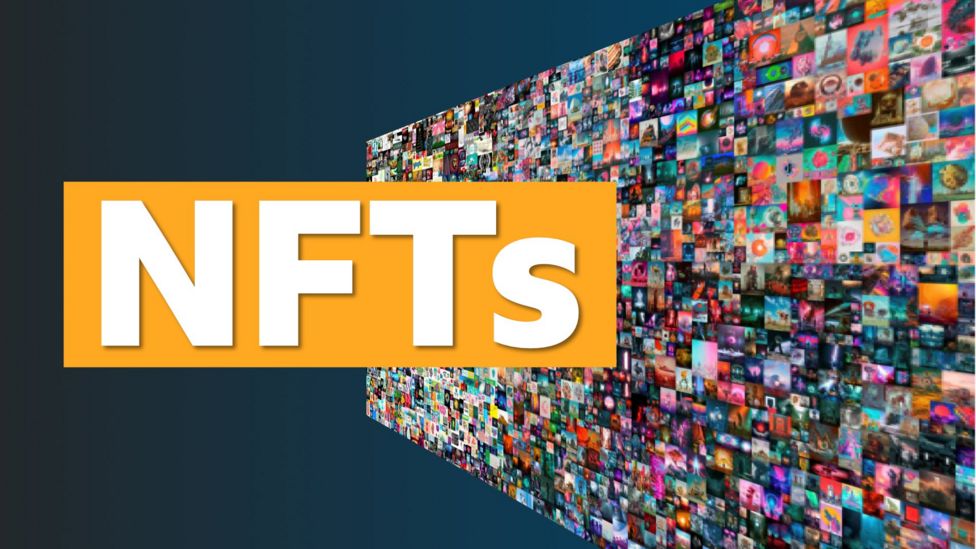NFT stands for non-fungible token. In economics, a fungible asset is something with units that can be readily interchanged – like money. With money, you can swap a £10 note for two £5 notes and it will have the same value. However, if something is non-fungible, this is impossible – it means it has unique properties so it cannot be interchanged with something else. It could be a house, or a painting such as the Mona Lisa, which is one of a kind. You can take a photo of the painting or buy a print but there will only ever be the one original painting.
NFTs are “one-of-a-kind” assets in the digital world that can be bought and sold like any other piece of property, but they have no tangible form of their own. The digital tokens can be thought of as certificates of ownership for virtual or physical assets and represent a wide range of unique tangible and intangible items, from collectible sports cards to virtual real estate and even digital sneakers.
One of the main benefits of owning a digital collectible versus a physical collectible like a Pokemon card or rare minted coin is that each NFT contains distinguishing information that makes it both distinct from any other NFT and easily verifiable. This makes the creation and circulation of fake collectibles pointless because each item can be traced back to the original issuer.
How much are NFTs worth?
In theory, anybody can tokenise their work to sell as an NFT but interest has been fuelled by recent headlines of multi-million-dollar sales.
- On 19 February, an animated Gif of Nyan Cat – a 2011 meme of a flying pop-tart cat – sold for more than $500,000.
- A few weeks later, musician Grimes sold some of her digital art for more than $6m.
- It is not just art that is tokenised and sold. Twitter’s founder Jack Dorsey has promoted an NFT of the first-ever tweet, with bids hitting $2.5m.
- Christie’s sale of an NFT by digital artist Beeple for $69m (£50m) set a new record for digital art.
A day before his record-breaking auction, Beeple – whose real name is Mike Winkelmann – told the BBC: “I actually do think there will be a bubble, to be quite honest.
How are the different from Crypto Currencies
Unlike regular cryptocurrencies, NFTs cannot be directly exchanged with one another. This is because no two NFTs are identical – even those that exist on the same platform, game or in the same collection. Think of them as festival tickets. Each ticket contains specific information including the purchaser’s name, the date of the event and the venue. This data makes it impossible for festival tickets to be traded with one another.
The vast majority of NFT tokens were built using one of two Ethereum token standards (ERC-721 and ERC-1155) – blueprints created by Ethereum that enable software developers to easily deploy NFTs and ensure they’re compatible with the broader ecosystem, including exchanges and wallet services like MetaMask and MyEtherWallet. Eos, Neo and Tron have also released their own NFT token standards to encourage developers to build and host NFTs on their blockchain networks.
Source: Soulbank

